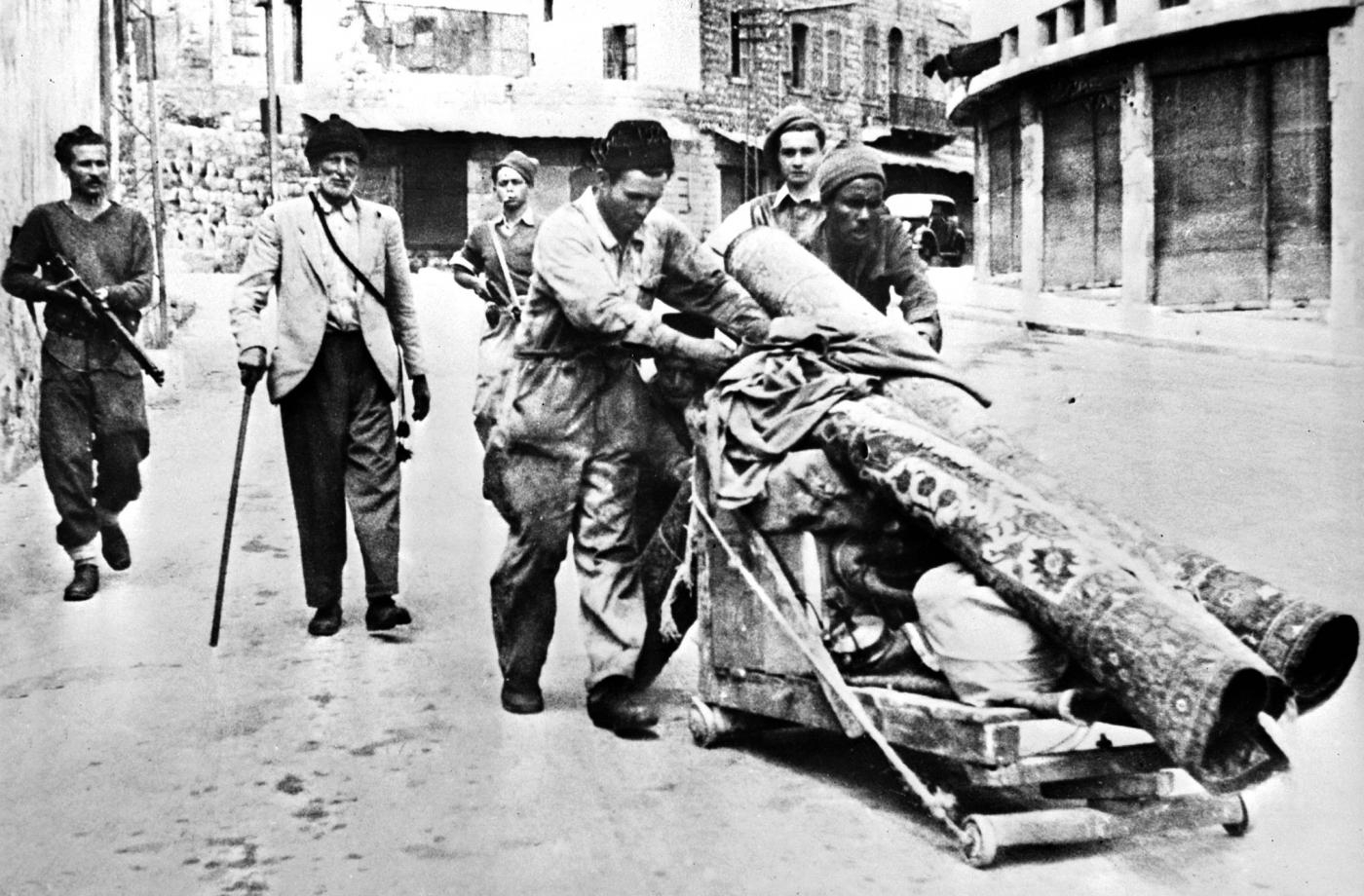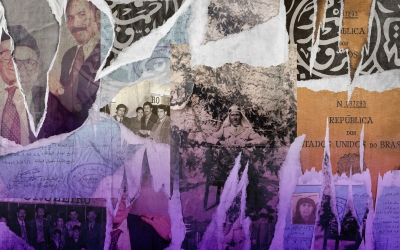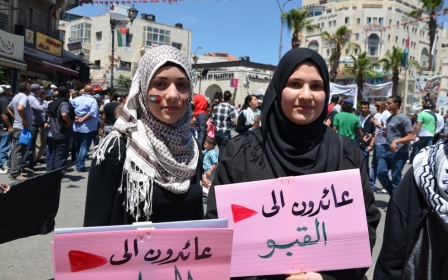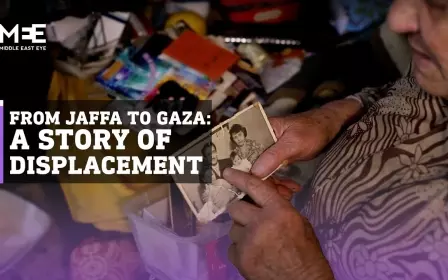Israel: Documents detail 1948 Nakba massacres of Palestinians

Newly uncovered documents have shed light on the massacre of Palestinians during the 1948 war that led to the creation of the state of Israel.
Based on the letters of soldiers, unpublished contemporary memoirs, minutes of political party meetings and other historical records, Haaretz and the Akevot Institute for Israeli-Palestinian Conflict Research have revealed the details of three massacres committed by Israeli forces in the villages of Reineh, Meron and al-Burj.
The documents also show that prominent Israeli leaders "knew in real time about the blood-drenched events that accompanied the conquest of Arab villages".
During events known to Palestinians as the Nakba, or catastophe, Israeli soldiers killed Palestinians or drove them from their lands.
In October 1948, Israeli forces made up of Zionist militias like the Haganah, Lehi and Irgun launched two offences in the south and north of Mandatory Palestine.
New MEE newsletter: Jerusalem Dispatch
Sign up to get the latest insights and analysis on Israel-Palestine, alongside Turkey Unpacked and other MEE newsletters
The first, Operation Hiram, swept through the Galilee in three days, reaching villages in Lebanon. The second, Operation Yoav, occupied the south of the country.
Reineh's residents looted and killed
The occupation of Galilee led to half its Palestinian population being expelled and fleeing to Syria, Jordan and Lebanon.
Only 120,000 of them remained in the area, where heavy battles continued between an army of volunteers known as the Army Salvation Army, and the Zionist militias.
The Israeli historical records reveal that a massacre of 14 Palestinians took place in September 1948 in the Galilean village of Reineh, near Nazareth.
Reineh fell to Israeli forces in July 1948. According to Haaretz, one of the 14 Palestinians killed, Yusuf al-Turki, was a member of the Land of Israel Workers Alliance. This was not enough to spare him.
Turki, along with a Bedouin woman and several others, was arrested near Reineh, charged with being a smuggler, and then killed, minutes in the Israeli archive reveal.
But Reineh was not the only massacre.
Al-Burj
Hajj Ibrahim was a Palestinian who worked in a military kitchen belonging to the Israeli forces in Al-Burj, a Palestinian town occupied by Israel in July 1948 some 15km to the east of Ramle. Today the Modiin settlement stands in its place.
A document, whose author is unknown, reveals the gruesome death of Hajj Ibrahim, "a sick elderly woman and another elderly man and woman."
Israeli soldiers asked Hajj Ibrahim to go and collect vegetables, so he would not witness what was about to happen, and "the three [Palestinians] were taken to an isolated house."
"Afterward an anti-tank shell was fired [at them]. When the shell missed the target, six hand grenades were thrown into the house. They killed an elderly man and woman, and the elderly woman was put to death with a firearm," the document details.
"Afterward they torched the house and burned the three bodies. When Hajj Ibrahim returned with his guard, he was told that the three others had been sent to the hospital in Ramallah. Apparently he didn’t believe the story, and a few hours later he too was put to death, with four bullets.”
Mount Meron
Further atrocities against Palestinians are revealed in a document written by Shmuel Mikunis, a communist member of the Provisional State Council, which became the Knesset, asking for clarification from Prime Minister David Ben-Gurion about acts committed by Irgun militias.
These included the killing of 35 Palestinians after they raised a white flag; the arrest of Palestinian civilians, including women and children, who were made to dig a pit, pushed into it, then shot to death; the rape of a girl by Irgun members; and the killing of 13 or 14 Palestinian children who were playing with grenades.
Ben-Gurion, Israel's first prime minister, was evasive. In the same parliamentary question, Mikunis provided a detailed description of two massacres committed in two days in the Lebanese village of Hula.
This article is available in French on Middle East Eye French edition.
Middle East Eye delivers independent and unrivalled coverage and analysis of the Middle East, North Africa and beyond. To learn more about republishing this content and the associated fees, please fill out this form. More about MEE can be found here.





